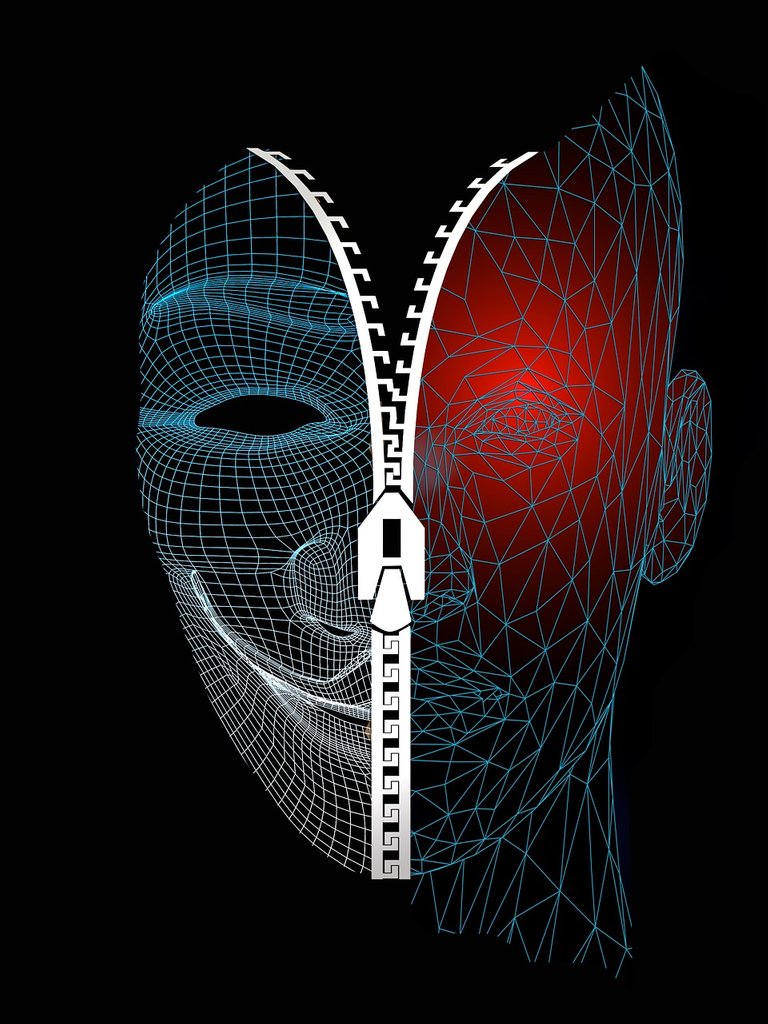Delving further into the Enigma of Agnosognosia
Howdy!!
Now, we drew the curtain on the previous post on Anosognosia where we got to know what exactly it was and the types, I am opening that same closed curtain again, get ready! Today, we dive deeper, we find out more about anosognosia through the power of research done by me and shared to you.
We hit the ground running by looking at a fascinating, rather weird case study of Anosognosia 👇
Famous Case Studies of Anosognosia: The Man Who Mistook His Wife for a Hat
I stumbled on this famous case study of Dr. Sacks’ patient, Mr. P . Here is what happened and how it went down, pay attention alright? This man (Mr. P) a patient of Dr. Sack a reknowned neurologist apparently had a problem he was unaware of, He could no longer recognize faces or even his own wife—he mistook her for a hat! now thats terrible. After further examination, Dr. Sacks found that Mr. P had right parietal lobe damage due to a stroke that occurred in his thirties, leading him to have this strange condition of self-unawareness.
commonly referred to as "The Man Who Mistook His Wife for a Hat," the incredible story of Mr. P illustrates how this condition can indeed affect someone's cognitive abilities. It also made me realize how complex and mysterious the mind truly is—there are still so many unanswered questions about Anosognosia that even psychiatrists are hard pressed to explain them all!
It’s no wonder why I find myself continuously drawn back into researching Anosognosia and the mystery of self-unawareness. Every time I uncover something new about the subject, it only fuels my passion more and more.
Living With Anosognosia: Coping Strategies and Treatment Options
My research project took me to the far reaches of learning about Anosognosia, from A to Z. Living with Anosognosia can be a complex reality. Fortunately, there are some coping- strategies and treatment options that have proven helpful to those affected by it.
Coping Strategies
The best thing one can do to cope with Anosognosia is understanding the condition and its limitations. This includes learning about the impact it can have on daily life as well as reconnecting with activities you enjoy doing. Additionally, it is important more of a necessity at-this-point to remain connected with family and close friends who can provide necessary support when needed.
Treatment Options
When it comes to a breakdown of treatment options for Anosognosia, there are a variety of different therapies available such as cognitive rehabilitation, psychotherapy, art therapy, occupational therapy and vocational counseling. And yeah, It is far-far more important to discuss all available options with, of course your doctor, so that you find the best fit tailored for your individual needs.
Though there is no one sizes fits all cure (this time intervention has to be tailored) for Anosognosia, I'm grateful for every bit of information I found through my research journey that helps me move closer towards better understanding this mysterious condition.
The Future of Anosognosia Research: Using VR and Imaging to Understand Self-Awareness
When I started out in my research on Anosognosia, I didn't expect to find that the future of this condition was so firmly planted in virtual reality and imaging technology. However, it makes so-much-sense, if not perfect sense, because these new technologies provide unparalleled opportunities when it comes to understanding how the brain works.
For example, recent studies have shown that using virtual reality simulations can help researchers better observe the behavior and decisions of people with anosognosia and other neurological deficits. Researchers can monitor body-language to gain better understanding of self-awareness and decision-making.
Similarly, Imaging scans like MRI are being used to identify subtle changes in neural pathways seen in patients with Anosognosia, allowing researchers to isolate and analyse areas of the brain responsible for self-awareness. This research is paving ways for improved diagnosis and treatment of this complex condition.
It's clear that advances in technology are providing us with insights into the mysteries of Anosognosia that weren't possible before. And as these insights on the mysterious continue to emerge, it's likely that our understanding as humans of this condition will improve even further over time.
Finally about to draw the curtain again (not sure if my further research on anosognosia will be continued in subsequent posts, might just move on to something else, anyways, its been fun)
Final words
My journey researching anosognosia has been eye-opening and filled with some truly remarkable puzzles. I'm certainly sure (for some reason feel like certainly sure is the best way to put it ) you've all been swept up in the mystery as much as I have.
Never ever feel too bad if you haven't figured out the ultimate answer in any situation. After all, even those afflicted with anosognosia have no slightest idea what's "wrong" with them.
And my guess... , if they ever did, they would be so dead surprised , it'd be like discovering something about yourself you never, ever could've imagined.
So, if in any case, you're ever feeling lost and unsure, remember: it's certainly okay not to know. In fact, which also is a matter of fact, it's when we accept our own lack of knowledge that we come closer to understanding ourselves.

Thanks for your contribution to the STEMsocial community. Feel free to join us on discord to get to know the rest of us!
Please consider delegating to the @stemsocial account (85% of the curation rewards are returned).
You may also include @stemsocial as a beneficiary of the rewards of this post to get a stronger support.